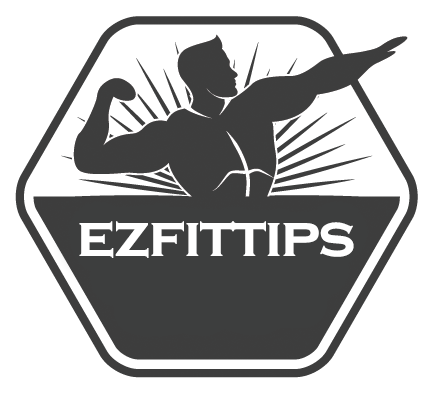There are many ways to approach your nutrition to help you achieve athletic success and improve overall health. It’s easy to endlessly dive into new food trends, recipes, diets and supplements only to be frustrated and not see any results. Nutrition is a very personalized field, and we’re learning that blindly following someone else’s approach rarely works. The best way to zero in on what may help you progress toward your goals is to get a baseline understanding of your health information so you have a starting point to customize dietary changes suited to your athletic and health goals.
As nutritional science and medical testing advance, there are more ways to analyze personal health, but these three tests are easy to do and provide you with great insight to get started.
Getting blood work done is the most effective way to know how your body is currently functioning. It is crucial to go beyond the typical CBC (complete blood count) for usable data. Ask your physician to test for all vitamins, minerals, ferritin, blood glucose, cholesterol profile and endocrine (hormone) markers. Knowing if your cortisol is elevated, HDL is low, B12 is depleted, etc., is the best and most personalized health information you can gather. This information provides indications of mood, fatigue, energy levels and chronic disease risk. Once you have this data, you will be able to proceed toward your goals in a more targeted way.
- READ MORE: Then Versus Now: An Evolution of Sports Nutrition
Your microbiome shows the health of your gut, which relates to overall health status. Having your stool analyzed can show how well you digest foods (even indicating which foods you can and cannot handle), which bacteria are present and what they’re doing, and if you suffer from leaky gut or other forms of indigestion and malabsorption. Athletes are especially known for having high amounts of GI stress due to restrictive diets, high simple sugar consumption and stress of frequent training. Research into the world of gut health is relatively new, so these tests are still gaining validity and progressing. However, even in their infancy, they can provide essential personalized health data.
BMI tests and the scale alone provide insufficient data to base your health and body composition off. BMI, or body mass index, scoring can show standard ranges for how your weight correlates to your height. It is a simple clinical test used to define under- and overweight status but is mostly useless for athletes. The number on the scale can be useful to see how your body fluctuates, understand hydration levels and trends over time.
However, both fail to show the whole picture of body composition by neglecting to breakdown weight into lean and fatty tissue mass. Body fat testing can provide this insight by understanding how much fat tissue you have. There are several body fat testing methods that are readily available such as the bodpod, caliper measurement and bioelectrical impedance. The bodpod is the most accurate of these and consists of sitting in a small chamber and breathing into a tube for a few minutes. This test is available at many universities, training centers and some physician’s offices for a relatively inexpensive fee. Caliper testing involves someone taking measurements of skinfolds at various points. This test is accurate, but only when repeated several times and completed by a very skilled person as human error can be high. Bioelectrical impedance is a function of handheld devices or advanced scales that is easy to do at home and repeat often. The accuracy might be off by 2–3% compared to the bodpod, but the ability to test often allows you to see instant results and trackable trends.
Respiratory quotient, bone density and metabolic assessments are other ways to glean useful information. However, there are many tests to be skeptical of. Consulting a physician and registered dietitian and doing some of your own research is the best way to select which tests are for you and how to put your test results into action toward meeting your health and performance goals.









